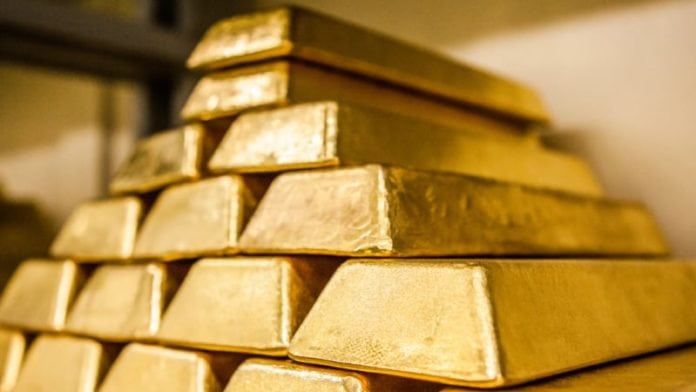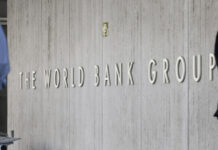
A SPATE of merger and acquisition activity in the world’s gold mining sector in the last 12 months has helped bring scale to the sector, but more was needed in order to make it more attractive to new investors.
McKinsey & Company, a consultancy, said in a recent report that the top 10 gold producers by combined market capitalisation were now only two times less in average value than the combined average value of the world’s top 10 diversified mining firms. In the first quarter of 2019, the top 10 gold producers were four times smaller, the report said.
“Industry wide M&A is still require for greater access to institutional investors which provide cheaper capital, but require larger size and higher liquidity – especially if prices revert back to 2015-19 levels,” McKinsey said in its report.
It cited the recent investment of Berkshire Hathaway in Barrick as an illustration that attracting new, generalist investment was “a tangible reality for the industry”.
Speaking at the Denver Gold Forum on Tuesday, Barrick CEO, Mark Bristow said the gold sector “hadn’t finished the job” in consolidation. “The industry has gone a long way from where it was in just 18 months,” he said.
“The problem now is that – my issue is – we haven’t finished that job. This industry has still got a mishmash of asset and too many managers’ hands, and it needs further consolidation.”
Berkshire Hathaway preferred a $535m stake in Barrick rather than buying gold on the basis the firm paid dividends. Increased cash flow had attracted a wave of fresh interest in the sector which has seen the market values of some firms double such as Gold Fields, Harmony Gold and Kinross Gold.
The world’s largest gold producers – consisting of Barrick, Newmont Mining, Kinross Gold, Newcrest Mining and AngloGold Ashanti – produced free cash flow of some $225m in the first six months of this year, more than double the $100m in the first half of 2019, McKinsey said in its report.
The price of gold increased 26% during the period rubbing out the 11% average cost increase of those producers, and total production declined 8%, largely owing to the impact of Covid-19 lockdowns.
The gold price since burst through $2,000/oz in August, taking gains to 25% in 12 months. The price of the metal has since retraced ground. Saxo Bank said in a report this week that tactical selling may cap the gold price at around $1,900/oz.
McKinsey forecast a gold price average between $1,400 to $1,550/oz from now until 2030, but in the next five years the metal could break out of this range on the upside. This was owing to lower mined supply although supply from scrap would become increasingly prevalent.
In terms of medium- to long-term demand, central bank purchases would encourage the price with annual purchases above 400 tons as a result of the ‘de-dollarisation’ of reserves of countries such as Turkey, Russia, China and Kazakhstan, the consultancy said.











